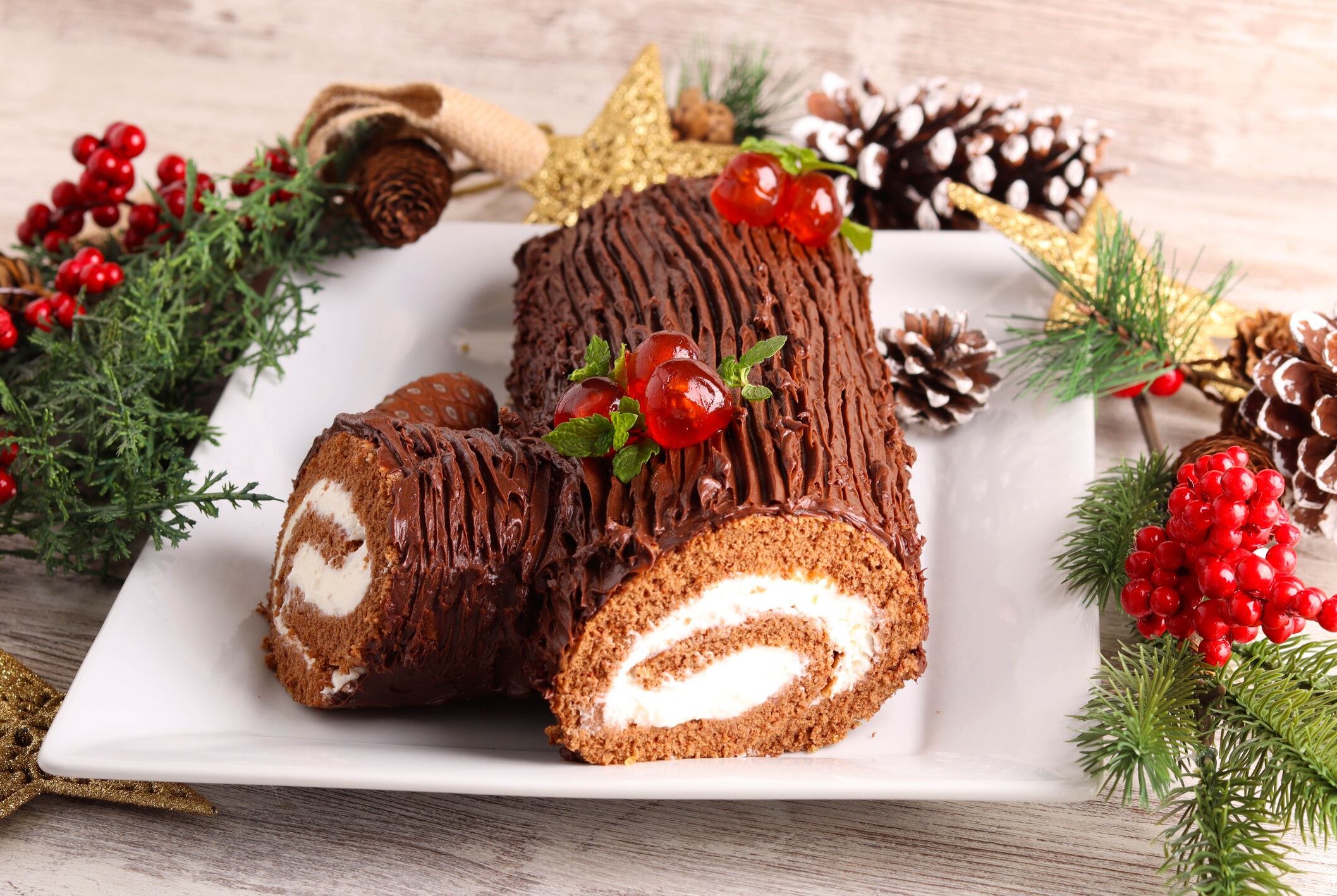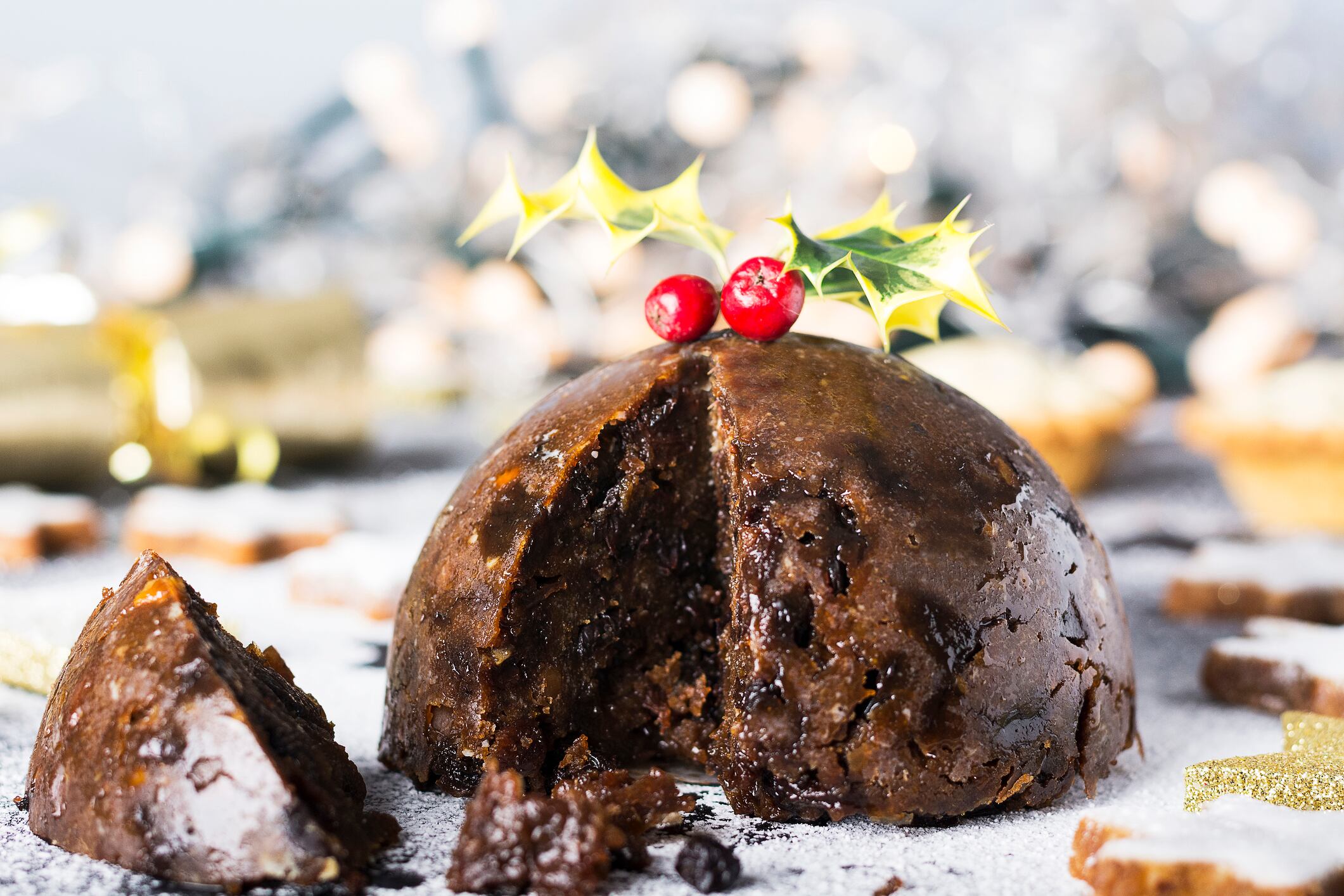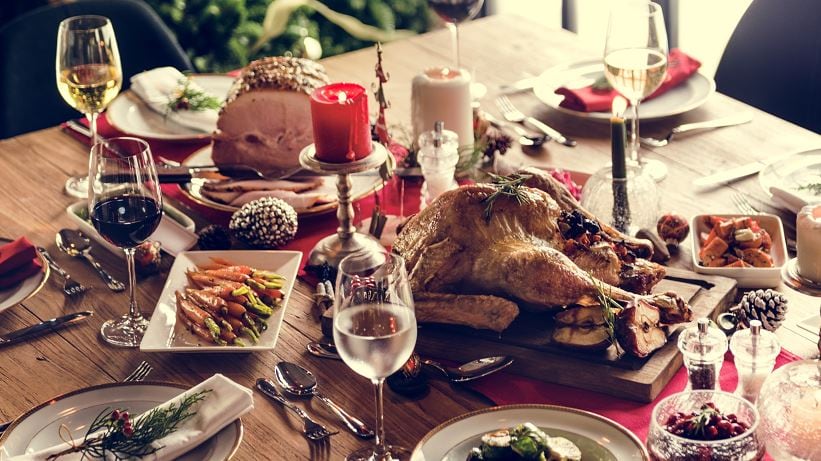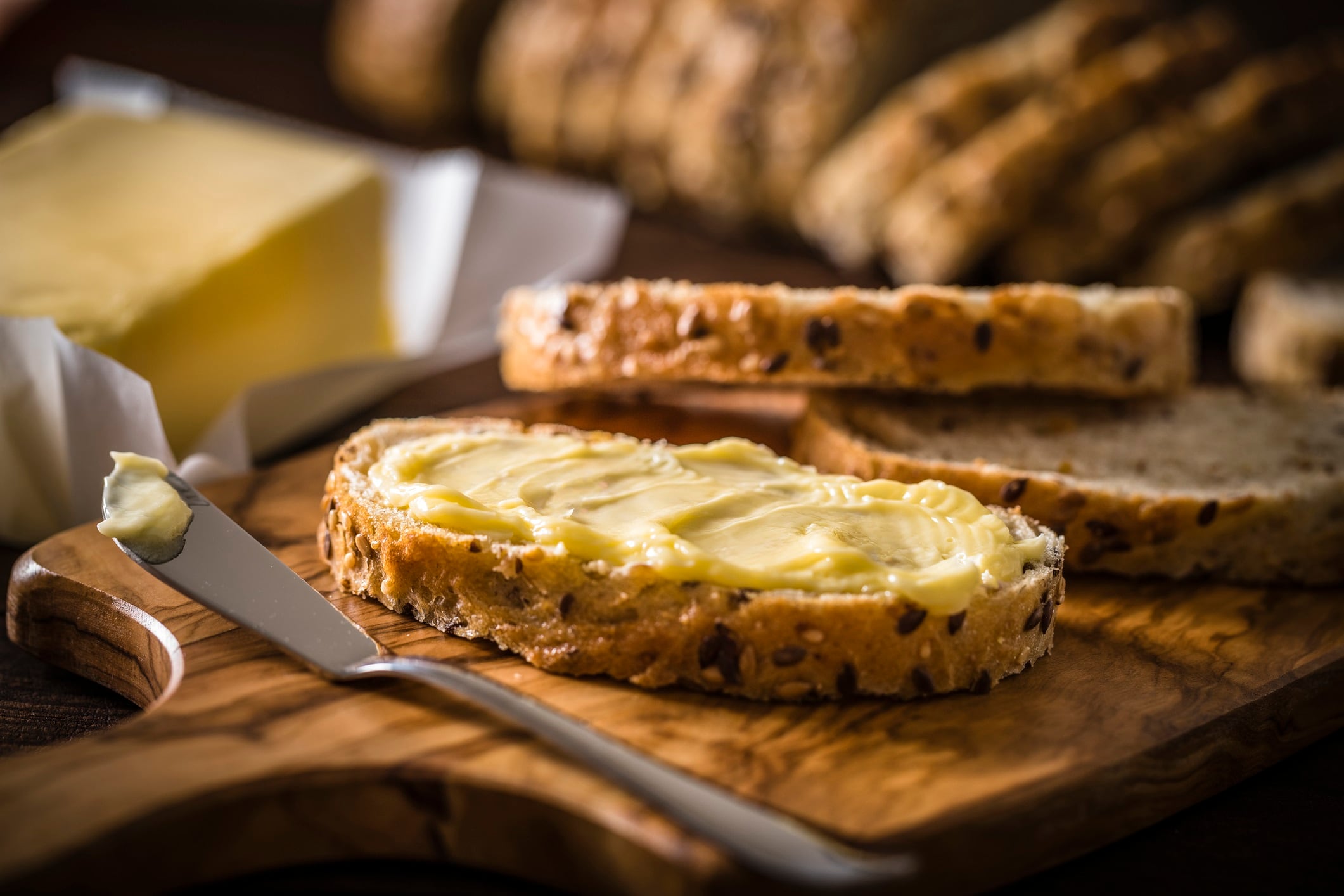The gluten-free market is getting bigger and more powerful with each passing year.
Now worth an estimated $7.7bn (€6.6bn), it’s growing at a strong 10% CAGR, and projected to hit $13.6bn by 2030 (market analysts Grand View Research).
Despite this, the food and beverage industry continues to underestimate its potential, particularly at Christmas. Though things are starting to shift.

Seasonal surge for gluten-free
Christmas is the most important time of year for food and beverage sales. Consumers stock up on everything, from bread, milk and eggs to chocolates, cheeses and wines. And on top of that are the Christmas-themed foods.
“During the festive season, items like mince pies, yule logs, Christmas puddings, and specialty biscuits witness a surge in demand,” says Manvi Verma, senior research analyst at Mordor Intelligence. “As the holidays approach, consumers not only buy more frequently but also spend more per unit.”
This trend is particularly noticeable in mature markets, including Europe and North America, where health-conscious and lifestyle-driven consumers are increasingly choosing gluten-free holiday foods.
Given this seasonal spike, says Verma, it’s likely that the gluten-free festive segment will outpace the average growth rate of the broader gluten-free category.
In other words, Christmas offers huge potential for manufacturers to boost gluten-free sales.
And while gluten-free innovation and NPD has been slow, industry interest is beginning to pick up. In fact, retail trends for 2024-25 reveal that major UK and US retailers, including Sainsbury’s, Waitrose, Tesco, Walmart, and Wegmans, are broadening their gluten-free Christmas selections. What’s more, gluten-free products are now being integrated into central festive displays, rather than separate specialist shelves.
Meanwhile, artisanal gluten-free bakeries are increasingly launching dedicated festive collections, introducing items like luxury cakes and mini-tarts. This move underscores a trend towards premiumisation in the sector.
This shift, explains Verma, shows a dual recognition - heightened consumer awareness and the realisation that gluten-free festive items can rival traditional ones in both indulgence and quality.
Brands attuned to this shift stand poised to gain market share, while those lagging may find themselves sidelined from the premium segment of festive growth.

Gluten-free festive opportunities
The speed at which the gluten-free sector is growing, combined with the strength of the global Christmas goods market - now valued at around $180bn, with a CAGR of 4.2% - offers enormous opportunities for the food and beverage industry. And, according to Verma, it’s underpinned by a trio of distinct but overlapping consumer groups, each with unique drivers and implications for product design and go-to marketing strategies.
Gluten-free consumer groups
- The clinically mandated group: Individuals with coeliac disease, for whom avoiding gluten is essential. While this group is relatively small, their demand for certified gluten-free festive products is unwavering, establishing a stable foundation for the category
- The lifestyle, wellness, and clean-eating group: Though these consumers lack medical conditions, they opt for gluten-free to support health and wellness goals. While their consumption may wane post-Christmas, this segment presents significant scale and margin potential for premium festive products
- The occasion-driven group: Festive shoppers who, while not gluten-free themselves, buy gluten-free items for guests with dietary requirements or preferences. As inclusive gifting and communal dining gain traction, gluten-free products are becoming staples of the holiday season, moving beyond specialist-food aisles.
What do gluten-free consumers want?
Gluten-free baked goods and desserts are leading the charge in festive sales. Classic treats like mince pies, yule logs, and Christmas puddings now boast gluten-free versions that don’t compromise on taste or texture. Beyond the bakery aisle, sales of gluten-free sweets and snacks are also rising fast.
While savoury dishes still grapple with achieving the right texture and flavour, the premium ready-to-cook market is making strides.
“Retailers are now introducing gluten-free stuffing mixes, gravies, and even pastry-based mains,” says Verma. “The Christmas dinner table is evolving, showcasing the advancements in gluten-free formulations.”

Challenges slowing gluten-free growth
Food and beverage manufacturers face significant challenges when it comes to gluten-free new product development.
- Cost: Ingredients like certified gluten-free flour blends, specialty starches, and alternative binders come with a premium price tag. Without achieving a significant production scale, the cost per unit remains high
- Formulation and sensory quality: Replicating the lift, crumb, crispness, and mouthfeel of wheat-based products demands sophisticated research and development. This is particularly crucial for festive bakery and dessert items, like mince pies and yule logs, where indulgence is paramount
- Supply-chain and certification complexity: Producing gluten-free items for the coeliac community necessitates stringent cross-contact controls, dedicated production lines or thorough cleaning, and frequently, third-party certification
- Regulatory/health-policy shifts: Beyond recipes and product launches, external factors play a significant role. For example, alterations in gluten-free food prescription policies by governing bodies can influence household economics and perceptions of gluten-free accessibility. Furthermore, as gluten-free products gain mainstream traction, there’s heightened scrutiny on regulations and labelling, especially concerning allergen cross-contact and nutritional claims.
“Manufacturers eyeing the gluten-free festive market should prioritise early investments in ingredient sourcing, co-packing, or establishing dedicated production lines,” says Verma. “Additionally, they should focus on consumer sensory validation, aligning their efforts with festive timelines.”

The gluten-free ghost of Christmas future
As gluten-free continues its ascent from niche to necessity, the festive season presents a golden opportunity for brands to rethink their approach.
With consumer expectations rising and retail strategies evolving, manufacturers must move beyond token offerings and invest in quality, innovation, and inclusivity.
Those who act now, prioritising sensory excellence, operational readiness, and strategic positioning, stand to capture not just seasonal sales, but long-term loyalty in a market that’s only gaining momentum.





